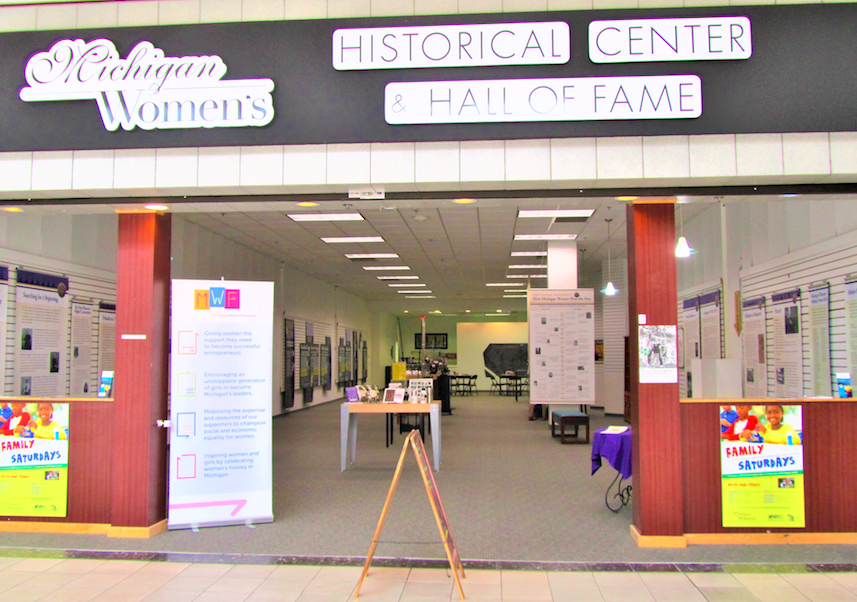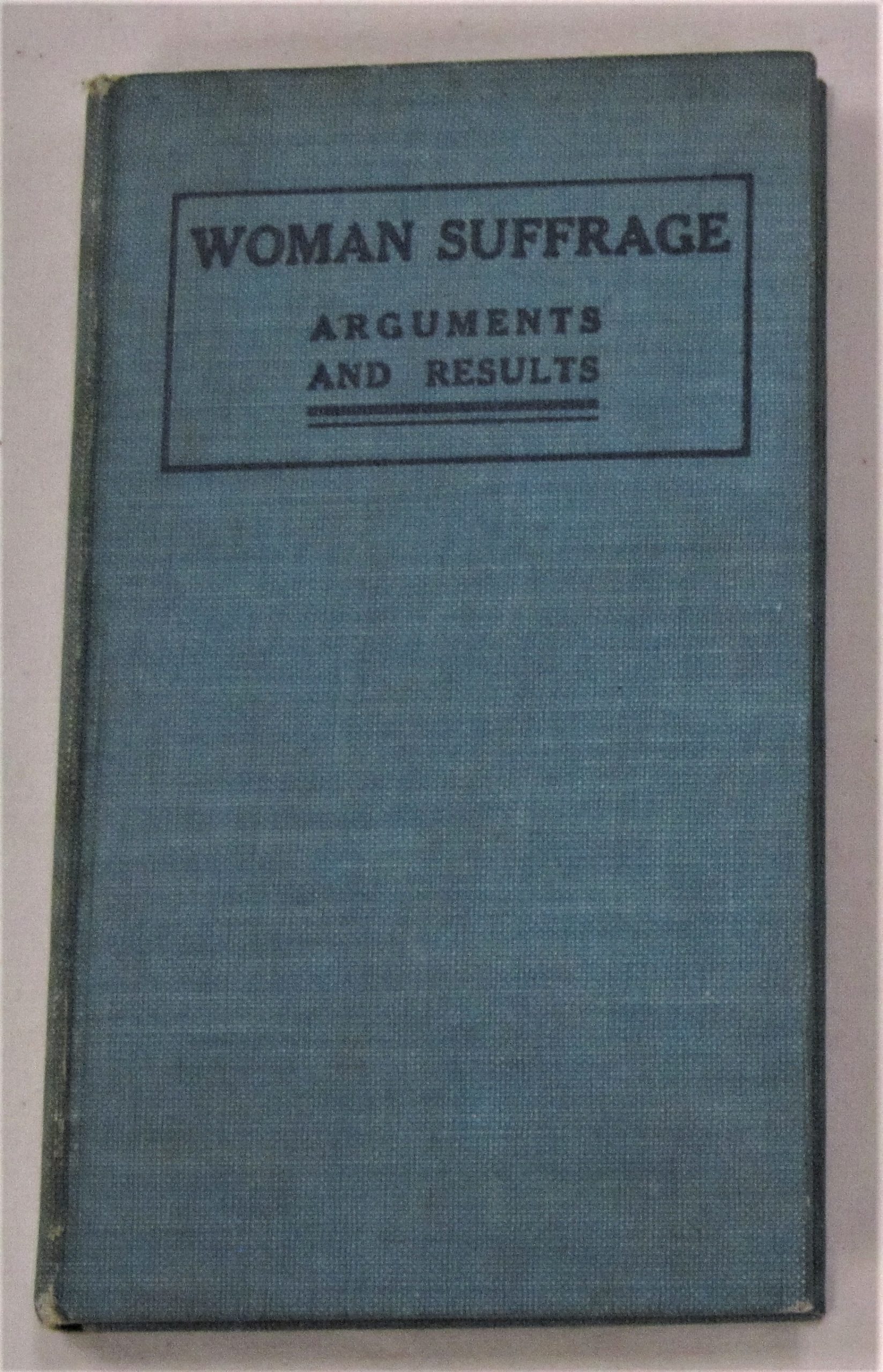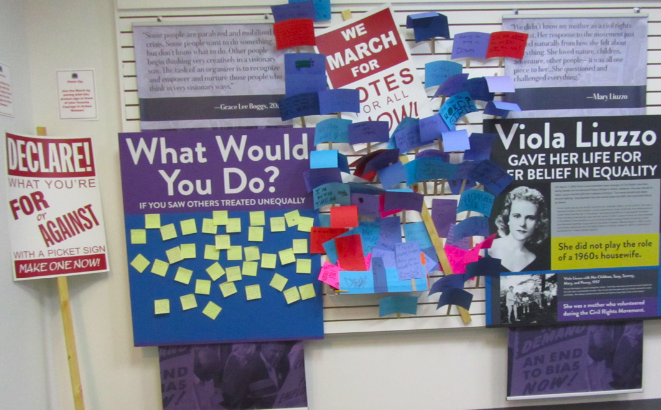New impressions from Marianne Wimmer’s travels through the USA
Let’ s move further into the Midwest of the USA! With Toledo at the south end of Lake Erie we leave Ohio and enter the federal state of Michigan with its capital Lansing. We make our first stop at the Welcome Center Michigan, that provides maps and various information material about the Great Lake State or Wolverine State. I highly appreciate these service centers for tourists with their friendly and helpful staff since my first trip to the States. While talking to a very friendly staff member and a traveller familiar with the surroundings we receive important information about one of our next destinations, Chicago. But it is not only us, who put questions. They as well are interested in our travel plans.
After this little feel-good-conversation, the lady helps us to find a place for staying overnight. She suggests: “Let’ s look for an accommodation off Lake Michigan. Weekend is starting today and that means that prices are going up astronomically. The nearer – the more expensive!” So we choose Kalamazoo, the home of the Kellogg’s products, for our overnight stay. For the present, it sounds perfect: Econo Lodge, 70$, Easy Street, Kalamazoo.

A woman’s museum in a shopping mall
Don’ t worry – just go for it! For the moment we are irritated as we realize that the museum is situated in a shopping mall, a quite strange place in our imagination. But the directions on the museum’ s website don’ t give rise to doubts: located in the “Younker’ s Home Wing” of “Meridian Mall”, two stores down from “Old Navy” shop. As soon as we arrive at the shopping-center we realize that the museum has to be discovered. Not a single sign tells us about its existence. With the help of the site-plan we get oriented and finally we spot it. Inconspicuously it takes its place in a row of shops:
Michigan Women’ s Historical Center & Hall of Fame
1982 W. Grand River Ave
Okemos, MI 48864
www.miwf.org
Even the stand at the entrance could be one for advertising special bargains of the day. But coming closer you realize that you have reached your final destination. Labels above the entrance, posters and the many display boards on the walls inside tell you: This is the museum you are looking for. And what about the stand? It proudly announces the inductees of 2018 to its Hall of Fame. One of them – a whistleblower. “Promising”, I think by myself and enter the museum. Fotos on the wall behind the cash-desk spread a cosy and homely feeling and make me forget the outside sober ambience of the business world for a while. They show a beautiful town house from 1903, built after the colonial style, that gave shelter to the museum before.

On these fotos you see a historic building, called ‘Cooley-Haze-House’, where we were located before. For Lansing it is precious because it is the only one in its original condition from that time. Our residence here in the shopping- mall we see as transitional solution, although we derive benefits from it. There is no shortage in parking lots here – one of the reasons to move to this place. We also realize that more people are visiting us than in the city center. When they go window-shopping they discover us when passing by and some of them want to have a closer look at our ‘special shop’ and come in.
museum’s assistant
Well, I do understand. But despite all these advantages of the new location nostalgic feelings come up when I look at the fotos, compared to the plain surroundings of the shopping-center. In addition, I have to bear its never-ending and nerving background sound. It is not easy for me to concentrate. It is a pity not to be able to close your ears like your eyes.
Despite this, you easily obtain a general view of the exhibition because everything is clearly arranged: from “How Michigan Women Won the Vote” to the “Civil Rights Act” and the “Voting Rights Act” . With the display-boards on the walls, arranged in chronological order, you may learn a lot about American Women’s history, with the main focus on the contributions of women from Michigan.
The exhibition starts with Michigan women’s fight for female suffrage. Besides famous suffragettes of the region I as well meet with well-known ones of national importance. Women like Elisabeth Cady Stanton or Susan B. Anthony help me to bring regional history together with nation-wide affairs. This is important for me because as a visitor with little interest in Michigan’s history the cross connection to national history keeps me up to the scratch. Familiar and well-known facts help me not to lose interest.
Besides the classical presentation of historical facts on the display-boards the exhibition provides fascinating objects and humorous contents in terms of woman suffrage, displayed in show-cases. A small worn-up looking booklet that would fit into any handbag (and that’s exactly what it was made for) is shown behind glass. Its title: “Woman Suffrage. Arguments and Results”. It is obvious that it was used very often. Published by the “National American Woman Suffrage Association” it provided women with useful arguments when they spoke up in public campaigning for their right to vote. How clever and smart. There can’t exist enough detailed and intelligent compilations to defend feminist topics.

With this booklet in your pocket you may move over with vigorous strides and a broad grin on your face to the Anti-Suffrage-Postcards, exhibited in the adjoining glass case. They date from the years 1900 – 1920. “Beware! Suffragettes!”, they seem to warn everybody. Many a man might be scared stiff looking at the images depicting “pastoral” scenes on election day (and thinking of the consequences beyond). No wonder, that men try to relieve their feelings by means of caricature. What are the signs telling of the cultural decay and the ruin of the male sex or even the whole of America? Have a good time!
Try to match the following items with the postcards now:
- Uncle Sam or Auntie Semanta? Who stands for the Lady of Woman Suffrage?
- Masculinity in slavery in between tub, kid and cat – housewife’s outfit included
- The “new” man – working his way up or decline guaranteed?

Let’ s be serious again and go on with women’ s history. Grace Lee Boggs, Nellie Cuellar, Rosa Slade Gragg, Waunetta Dominic – they are the main actors of the next part of the exhibition. They represent women of Michigan and their fight against discrimination of any kind during th Civil Rights Movement (1955 – 1968). They fought against racial injustices, worked to promote interracial understanding, helped the less fortunate to get access to basic necessities, fostered better relations between black & white, advocated for the rights of Native Americans, women and African Americans. At that time African Americans still suffered from unfair treatment and chances in society. Segregation still was practiced and Native Americans had their land rights taken from them. And then, a woman walks into history by refusing to fulfill the laws: Rosa Parks (1923 – 2005), known as “the mother of the Civil Rights Movement”:
I had been pushed around all my life and felt at this moment
that I couldn’t take it any more………
The line between reason and madness grows thinner
(due to the) horrible restrictiveness of Jim Crow laws.
Rosa Parks, written in the 1950s
After she refused to give up her seat for a white man on a bus (1955), she was arrested. But she continued to fight. She and others organized the “Montgomery Bus Boykott”. For a little more than a year African-Americans didn’t use the Montgomery busses until the Supreme Court decided to end racial segregation.
Although president Lyndon B. Johnson signed the “Civil Rights Act” in 1964, discrimination against women, racial, ethnical and religious groups continued. It was necessary to go on with fighting, to gain equal access to the polls. Although all American citizens gained the right to vote in 1920, many African-Americans ran into obstacles in case they wanted to register for the elections. Either they had to pay taxes they couldn’ t afford, they were bullied and frightened when they wanted to register or gerrymandering was practiced. Devoted work, struggles and risks had been taken to bring the Voting Rights Act (1965) into being, people even risked their lives.
At first I take a look at a picket sign, similar to the ones that suffragettes used to protest and to demand their fair share of the world. Although silently leaning in a corner, its challenging call confronts my mind:
Declare!
What you’re FOR or AGAINST!
Just beside it yellow post-its attract my attention. They give answers to the question:
What would you do?
If you saw others treated unequally.
From here my eyes are wandering to a foto of a young lady. Inevitably I cannot help reading the accompanying headlines: “Viola Liuzzo gave her life for her belief in equality. She did not play the role of a 1960s housewife.”

Self-made small pickets done by pupils or visitors give the arrangement a very vivid appearance, so that it arouses my curiosity. How does this all fit together? How does an average citizen come to devote her life fighting compassionately for the rights of others?
Viola Liuzzo (1925 – 1965) was raised in Tennessee as a poor white Southener. During her childhood and adolescence she witnessed the effects of segregation firsthand. When she moved to Detroit in 1943 she became a member of the “National Association for the Advancement of Colored People ( NAACP). As she watched news on March 7, 1965, she saw that Civil Rights Marchers were beaten in Selma, Alabama. She decided to make the 800 mile trip from Detroit to Selma. Liuzzo knew the dangers facing her in Selma. Therefore she asked her best friend, Sarah Evans, an Afro-American woman, to help raise her children in case anything would happen to her in Selma.
Viola Liuzzo was one of the 3200 marchers led by Dr. Martin Luther King Jr. from Selma to Montgomery. Later she drove protesters from Montgomery back home to Selma. On one of her return trips along the U.S. 80, her car was pursued. When the men caught Viola’s car they fired at her and killed her. It turned out that they were members of the Ku Klux Klan, accompanied by an informant of the FBI, who didn’t do anything against the shooting. To cover-up the involvement of the FBI informant in Liuzzo’s murder the FBI organized a smear campaign against her. President Johnson was informed that she had sex with black men, was a drug addict and had a husband involved in organized crime. Her family was isolated and devastated. An all-white and all-male jury acquitted the 4 Klansmen.
The facial expression of Defense Lawyer Matt Murphy combined with his victory sign tells everything about the mentality of the FBI or the Ku Klux Klan concerning the case. Liuzzo’s sacrifice for equality promoted the passage of the National Voting Rights Act in 1965. It was signed into law on August 6, 1965 with Rosa Parks and Dr. Martin Luther King Jr. present and the president Johnsons’ s statement that she didn’t die in vain.

LIFE, May 21st, 1965: Defense Lawyer Murphy’ s victory sign
At the end of my visit, still absorbed in thought by the tragic story of Viola Liuzzo, I am strolling through the space in between the vitrines and the show-boards which is used as the museums shop. It offers a great variety of fair-trade jewelry, books and souvenirs, like stickers, pencils, bags and cups.

There is no entrance fee. With pleasure I drop 5$ into a box, what is recommended to donate.
When leaving the museum we appreciate its location in the shopping mall. Hungry as we are we are heading to the food court. Afterwards we fill up our cooler and take care of our water supply.
(PS:Since 2020 the museum again is located in the center of LANSING:
105 W Allegan Street, SUITE 10, opposite the Capitol.)
The way to our overnight-stay at Econo-Lodge, Easy Street, turns out to be an odyssey.
The wandering starts after exiting Highway 81 and reaching Kalamazoo. Incredible, but we wander about 1 ½ hours: we ask at a gas station, continue our search, push back our car after a roundabout, call our hotel. As we realize that we already have moved too far out of town, we want to turn around on the site of a firm. Within a minute a SOS Security-Service-car comes along to figure out what’s going on here. A bull-like man, a type of “roving about in the streets and waylaying you” gets out of the vehicle – but the funny version of it. He involves us in a question and answer game. Whatever we or he utters is followed by a strange and inadequate laughing. At first irritated by this behavior we realize after a while that he just represents the harmless version of “Big Brother is watching you”. In the end he serves as a pilot car. Although he only speculates upon the location of our motel, he brings us quite systematically to our accommodation. For our rehabilitation we at least can state that Easy Street is hard to find – a hidden spot on earth. Difficult, not easy! But a GPS – no, we don’t need it!
Written by:
Marianne Wimmer,
collector of women’s museums
Coming up next:
Women’s Civil War Museum
310 E. Broadway
BARDSTOWN / KENTUCKY